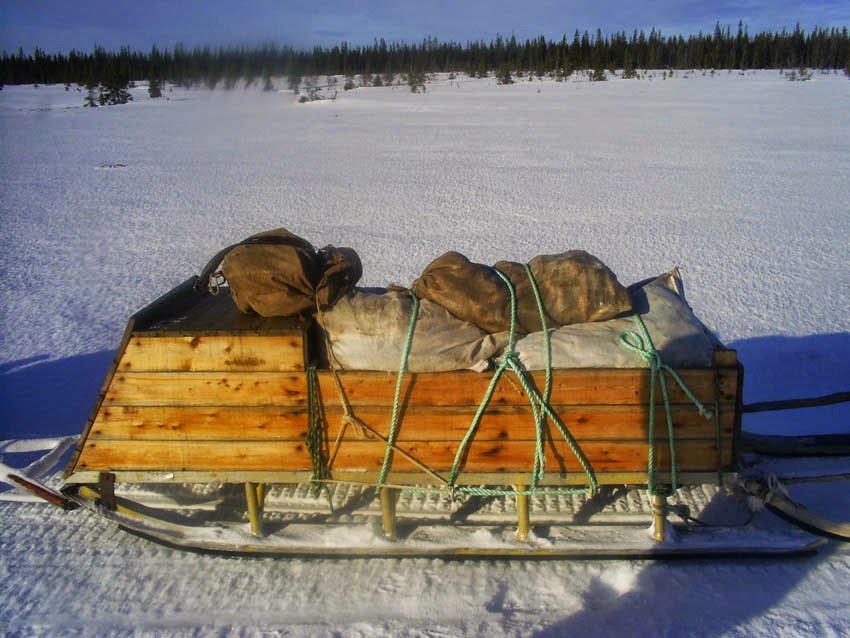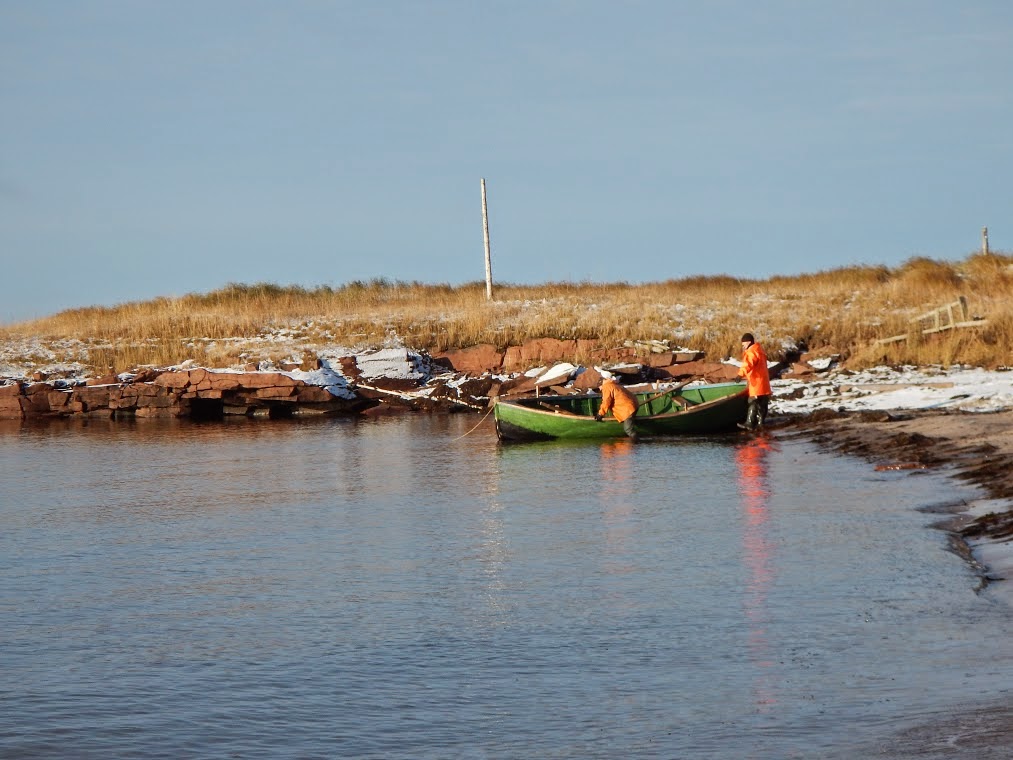Our NEW Chavanga web page and NEW Blog
https://www.chavanga.com/
https://www.chavanga.com/blog
Vasil Bykau
Vasil Bykau
Part 3
Fishing on the coast of the White Sea has changed dramatically in recent years. Now the commercial fishing of salmon at sea is prohibited. The scope and intensity of fishing on the sea can be seen in the remains of boats and ships. Were the ruins of the collective farm buildings, factories and accessories for harvesting salmon, herring. Now the government is allowed coastal fishing in the shallows and seasonal special salmon fishing nets - traps. Local fishermen used to live the old houses, which were built 40 to 60 years ago. Sometimes the network is not used according to the rules and block the progress of salmon in the river. In the photo you can see the mouth of the river Chapoma, partitioned networks. Locals sometimes engaged in recreational fishing. Usually they use the old spinning with baubles, sometimes use fly and float.
Coast fishing at the Chapoma village
20 years ago - Chavanga Pokosy camp, local boys
Boats die on the shore. They do not burn and do not break. They have to die themselves.
Dead boat at the Varzuga estuary
fish on the wind
Nets for flat fish, White sea coast
Old fisherman house, east of Pulonga river
Chapoma river estuary
the ruins of Varzuga eastuary factory
White sea hering, 10 years ago
Pulonga river estuary, only one house for only one man
so boats pulled ashore
Boats cementary, sea bank near the Chavanga village
the same at the Varzuga estuary,
High tide - low tide, falt fishing for fats fish, coregonus and sea trout
Porcher`s net at the Pialitsa river.
Ichtiologist of Murmansk take it off the water
Fishermen house inside
Nice salmon of Pulonga river
=========================================================================
Part 2
Of course, something you can see from the window of the helicopter. But the interesting thing is still happening on the ground, right next to us. Here, I posted some photos of the truck, which sometimes have to travel on the Kola Peninsula in search of fish rivers. And some of the adventures that await us along the way. Flying a helicopter is not stored in memory, but these adventures remember for years to come.
Ichtiologist track stopped at the sea bank, Strelna region
Our ZIL track broken at the Chavanga
The biggest one in our region, Chavnaga village
GTs- medium size track
One of the oldes ZIL we used for our transfer in 1990-- years
The biggest got stuck in the swamp going to the upper Chavanga sites
Our famous Volvo in the swamp near Pokosy camp
Dead one - UAZ
The next dead
Volvo fell into a hole in the swamp and lost the caterpillar
At the bottom
One weel want to go away
Hard job
One of the way the locals use to repare something
Hand made all road vehicle
ZAZ - the latest model
====================================================================
Part 1
Not so long ago, I had to re-discuss the shipping options for anglers fishing grounds. There is always taken into account several factors-distance, time and price. Here, a variety of combinations, sometimes quite unexpected. For example - the helicopter is not necessarily the fastest way to deliver anglers to the river. But I would like to draw your attention to the other side of the road from the airport to the river. In an effort to reduce travel time, we lose the opportunity to see the beautiful of this wild land, untouched nature and rich historical and cultural background that surrounds us in the Russian north.
I will try to illustrate this point by publishing a series of photos about the nature, history and traditions of the area and the local population.





















.jpg)
















































.jpg)















































No comments:
Post a Comment